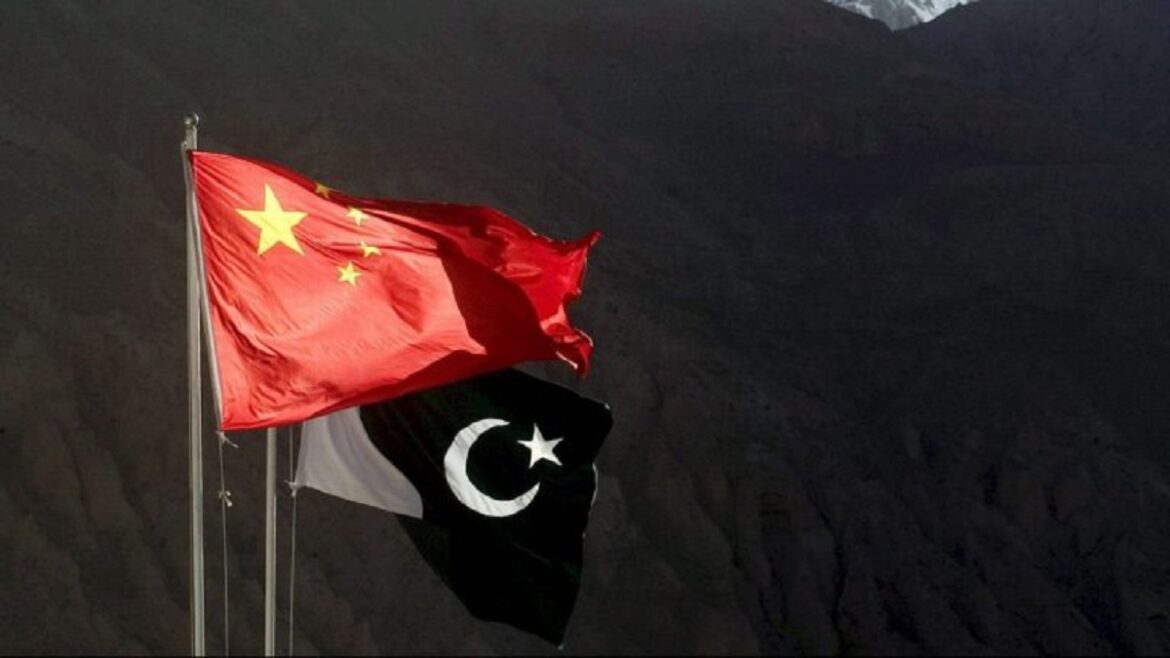State-owned Chinese banks have lent $21.9 billion in short and medium-term loans to Pakistan over the past five years as its overseas lending shifts from funding infrastructure toward providing emergency relief.
By Staff Reporter
ISLAMABAD: China has allowed cash-strapped Pakistan to rollover $2 billion worth of short-term commercial loans to provide a major relief for its all-weather ally, which is reeling under a major economic crisis.
The rollover comes amid protracted weakness in Pakistan’s foreign currency reserves which fell below $9 billion last week.
The rolled-over debts included $500 million bank deposit, another $500 million commercial loan, and a $1 billion short-term loan. All three debts were due in June and July of 2022.
China’s State Administration Foreign Exchange (SAFE), a regulatory the country’s central bank allowed the rollover of its SAFE deposits loans for one year, a government official in Islamabad said.
China has rolled over a total of $4.2 billion in debt on Pakistan’s request in the current calendar year.
State-owned Chinese banks have lent $21.9 billion in short and medium-term loans to Pakistan over the past five years as its overseas lending shifts from funding infrastructure toward providing emergency relief.
According to IMF data, about 27 percent of Pakistan’s foreign debt is owed to China, incurred largely due to infrastructure projects.
Data showing the shift in China’s $900 billion Belt and Road Initiative to loans aimed at easing foreign currency shortages since 2018 was compiled by AidData, a research lab at William and Mary, a university in the US.
China has “pivoted in a significant way away from project lending and toward the balance of payment lending, doing emergency rescue lending,” Bloomberg quoted Brad Parks, AidData’s executive director, as saying.
The loans show China is now playing a similar role to the International Monetary Fund, providing financing during the balance of payments crises, rather than World Bank-style concessionary project financing to which BRI lending has generally been compared.
Higher energy prices are leading to foreign currency outflows from developing countries that are part of the BRI, increasing their risk of defaulting on foreign-currency debt. About 60 percent of China’s overseas lending is to countries that are now in debt distress, according to researchers at the World Bank.
“Beijing has been operating under the assumption that when BRI borrower countries face significant liquidity pressures, the smart move is to keep these countries sufficiently liquid to weather the storm,” Parks said.
The loans are “squarely focused on helping the borrower solve two problems: Number one, repay your old project debts, number two, to try to bolster foreign exchange reserves,” he added.
China’s emergency lending to Pakistan picked up when it started experiencing problems in balancing its international payments in 2017 as a result of surging import costs and overseas debt. The crisis prompted lengthy negotiations with the IMF, which demanded tax hikes as a condition for loans
Emergency lending to Pakistan generally carried maturities of 1-3 years and interest rates calculated according to prevailing interbank lending rates in London or Shanghai, plus a one to three percentage point margin, according to AidData.
The loans to Pakistan came mainly from the PBOC in the form of currency swaps and loans from China Development Bank, Bank of China and Industrial and Commercial Bank of China Ltd., according to AidData.
While such deals boost countries’ foreign-currency reserves in the short run, “in net terms none of the fundamentals have changed, that money goes in and right back out,” said Parks. “If there’s a solvency problem rather than a liquidity problem you are potentially making things worse.”
Copyright © 2021 Independent Pakistan | All rights reserved




